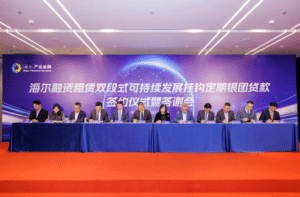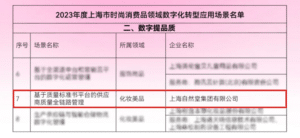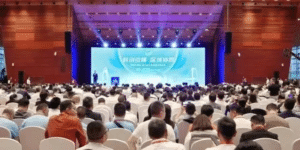The ten-year “running fever” restarted, and the technological war in the running shoe market resumed
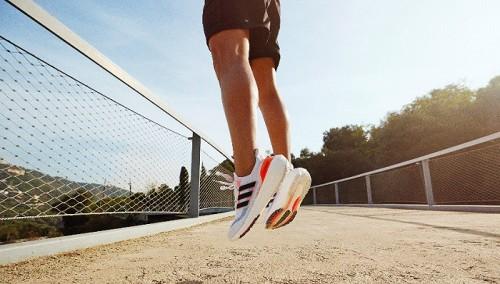
[ad_1]
The long-quiet running events are coming back to life, and the technology war in the running shoe market may give birth to a popular core midsole technology like Adidas boost.
In the spring of 2023, various marathon events will be restarted intensively: the Hong Kong Marathon, the IAAF Gold Label event, and the Shenzhen Marathon, the China Athletics Association Gold Medal event, will be held successively; the “Welcome Run” has also become a standard feature in various cities in China.
In the past three years, all races have been suspended, and the road running industry with the marathon as its “locomotive” has encountered a cold winter. And with the beginning of this spring, the “running fever” that has spread in China for about ten years is back on track.
According to statistics, as of the end of February 2023, more than 60 large-scale marathons have been scheduled, including the Beijing Marathon. And March 26 will be the first super race day of the new season. Over 20 marathon events have been planned in a single day, with a total scale of over 280,000 people.
According to the 2023 road running event calendar previously released by the IAAF, among the 238 marathons and road running events in the world, China will hold a total of 70, of which the mainland will reach 67, ranking first in the world.
The number and scale of competitions are the guarantee for the rise of related industries. In the road running craze sweeping the country, there are running shoes that follow tens of thousands of runners on the track. In fact, the running shoe track has always been the battlefield of the most sophisticated technology of various sports brands.
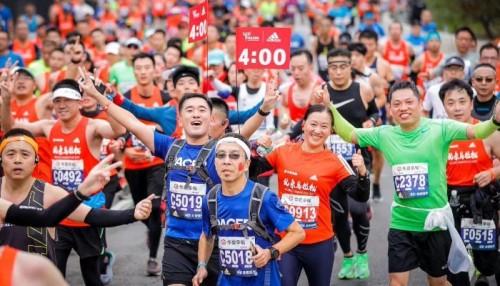
From the perspective of the scale of the event, the growth rate of the marathon event in the past ten years has been unmatched.
The “2019 China Marathon Blue Book” previously released by the Chinese Athletics Association shows that in 2013, there were only 39 national marathon-related events, but in 2019 the number of related events reached 1,828, an increase of about 46 times; It rose to 7.1256 million in 2019, an increase of about eight times.
In terms of venues, in 2019, among the 333 prefecture-level administrative regions and 4 municipalities directly under the Central Government, 300 cities have held related road running events, accounting for nearly 90%.
The extremely low participation threshold of running is an important reason for the rise of road running events – the “Research Report on Mass Fitness Behavior and Consumption in 2022” released by the China Sporting Goods Industry Federation shows that running has become the sport with the highest participation, accounting for More than 60%.
According to iResearch estimates, China is becoming the second largest running market in the world. The number of domestic core runners and mass runners is 100 million and 300 million respectively, and the proportion of core runners in the runner population is increasing.
The huge scale of the event and the growing number of participants have gradually enabled road running to develop industrial benefits.
According to the data of the Chinese Athletics Association, in 2017, the direct employment population of China’s marathon was 720,000, and the indirect employment population was 2 million, with a total annual industry scale of 70 billion. In 2018, the total annual consumption of China’s marathon reached 17.8 billion, the total consumption driven by the annual event reached 28.8 billion, and the total annual industrial output reached 74.6 billion, an increase of 7% compared to 2017.
The ever-increasing scale of events and sports crowd will inevitably support the demand for basic equipment, and as an important part of this industrial chain, major sports brands will not give up the opportunity to share the profits.
Taking Adidas as an example, as of 2022, Adidas has cooperated with the Beijing Marathon for 13 years, participated in the Guangzhou Marathon as a top partner for 5 years, and cooperated with the Shanghai International Half Marathon for 7 years.
In addition to bundling large-scale marathon events for marketing, sports brands create unique technical barriers, which is the key to their products capturing the market.
According to data from the well-known running app Yuerunquan, running shoes account for 78.5% of running equipment consumption, and 83% of runners buy more than two pairs of running shoes every year.
According to Yuepao Data Research Institute and Sinolink Securities Research Institute, when consumers buy running shoes, comfort and cushioning become the decisive factors, and the focus accounts for 70%.
From a structural point of view, the core parts of running shoes include the outsole, midsole and upper. The midsole material directly determines the ability of running shoes to flick and cushion, and is the most important part of judging the performance of running shoes. Therefore, looking back at the development history of running shoes, major brands are “fighting” on midsole technology.
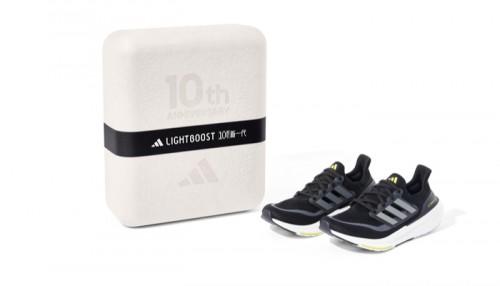
In 1975, the American brand Brooks added elastic material EVA to the midsole of running shoes for the first time, bringing the concept of “cushioning” into the sports shoe industry. Since then, EVA has been the common midsole material in the industry. Until 2013, Adidas applied boost technology to running shoes, marking a new era of midsole technology for running shoes.
Since then, from the Zoom technology launched by Nike in 2017 to the power nest PB technology of Xtep and the nitrogen technology of Anta in recent years, sports brands have continued to increase their efforts in polishing midsole technology.
To some extent, midsole technology has become the most sophisticated technical battlefield for sports brands, and can even directly change the global sports product consumption pattern.
In 2007, Adidas cooperated with BASF Chemical Company in Germany to develop Boost technology. The principle of this material is to expand TPU particles, similar to the process of turning corn kernels into popcorn.
In 2013, boost technology was applied to sports shoes, and Adidas launched Energy Boost running shoes. And it is this shoe product that uses the “popcorn” technology, which is jokingly called by netizens as comfortable as “feeling like stepping on shit”.
In Adidas’ 2013 financial report, then-CEO Herbert Hainer called the year “the year of running.” With the application of subversive technology Boost, Adidas achieved a 17% increase in sales of running shoes throughout the year.
Since then, the BOOST series and the upgraded ULTRABOOST series of shoes under Boost technology have helped Adidas achieve double-digit revenue growth year after year in the running shoe business.
Until 2021, Adidas’ footwear sales will reach 11.336 billion euros, an increase of nearly 70% compared to 6.87 billion euros in 2013, with a compound annual growth rate of about 6.5%.
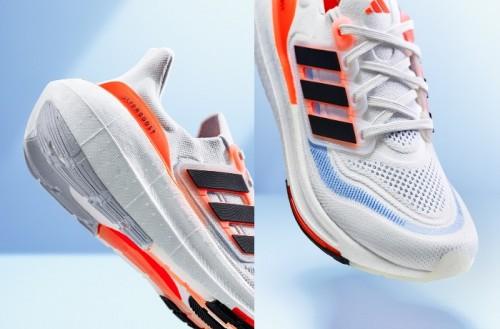
Just like China’s “road running fever”, Boost technology has entered its tenth year of birth. On this occasion, Adidas launched the ULTRABOOST LIGHT running shoes in February 2023. The weight of the new shoes is 30% lighter than that of the previous generation.
Regarding the development of Boost technology, Adidas global running series product director Simon Lockett told Jiemian News: “We have developed Boost technology from zero to a platform worth billions of euros across different franchises and categories.”
Seeing the decisive force of Boost technology, in recent years, domestic brands have also been continuously developing midsole technology, striving to narrow the technological gap with international brands in related fields.
For example, Anta’s nitrogen technology has been widely used in mid-stream and downstream shoes such as running shoes. The 160X series running shoes launched by Xtep won 8 international awards in three years.
In the battle of running shoes, various sports brands also pay great attention to consumer experience. On the one hand, user experience can be used as an important feedback for technological upgrades. On the other hand, the core group has a great radiation effect on a larger user group.
In 2015, Adidas settled China’s first year-round public welfare running base on the west bank of Xuhui Riverside in Shanghai, integrating three functions of experience, service and rest.
The status of the “king of volume” in running shoe technology has made sports shoe brands continue to increase technology research and development, and try their best to kill the market share.
[ad_2]
Source link


